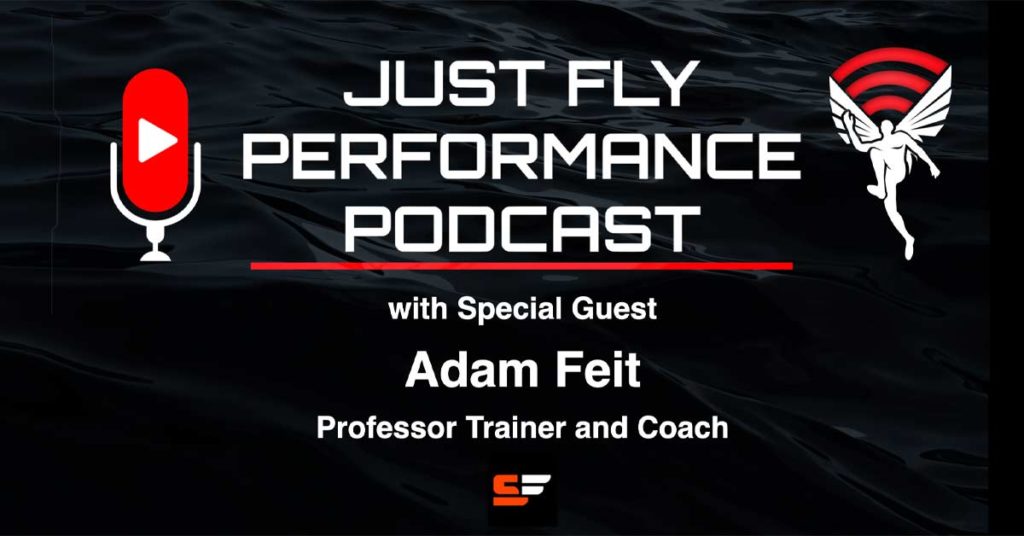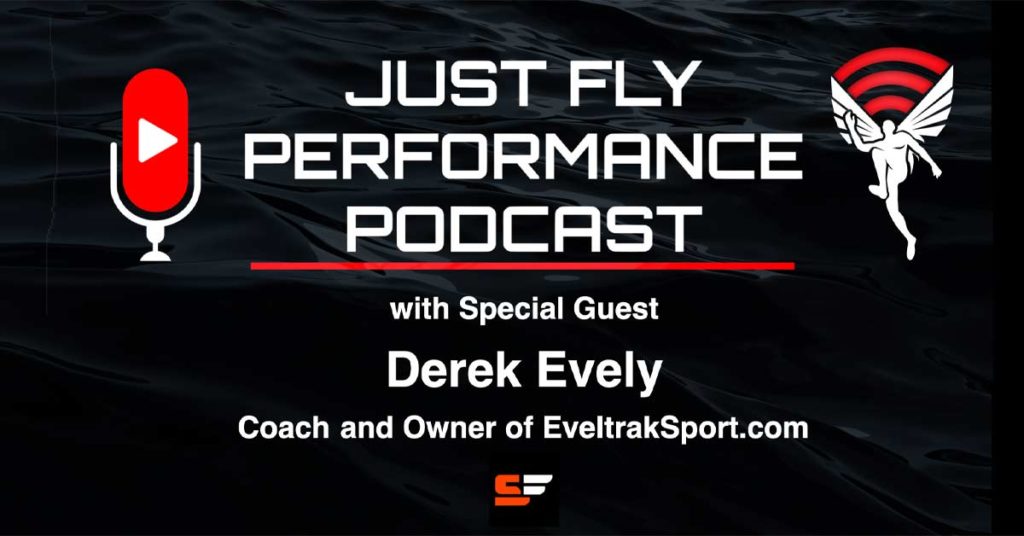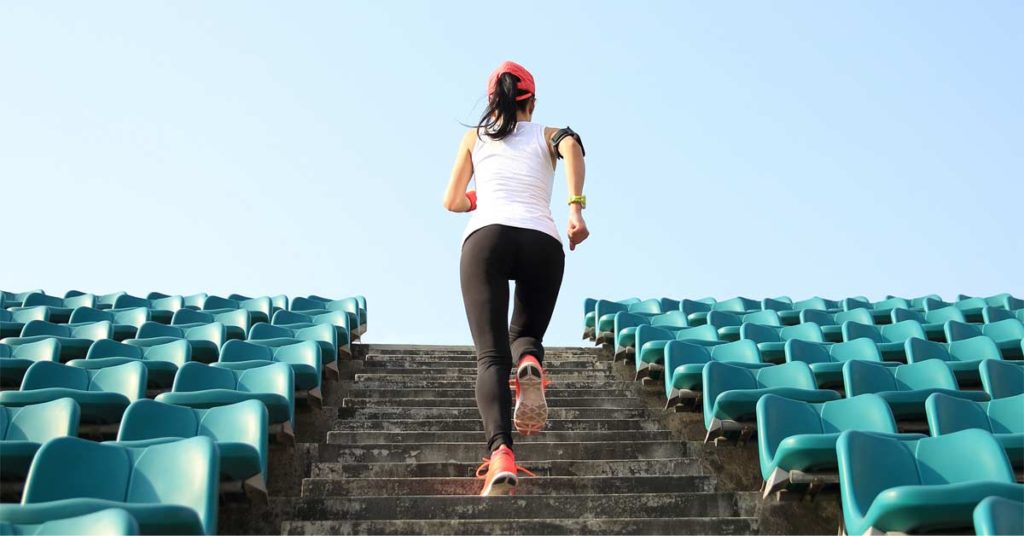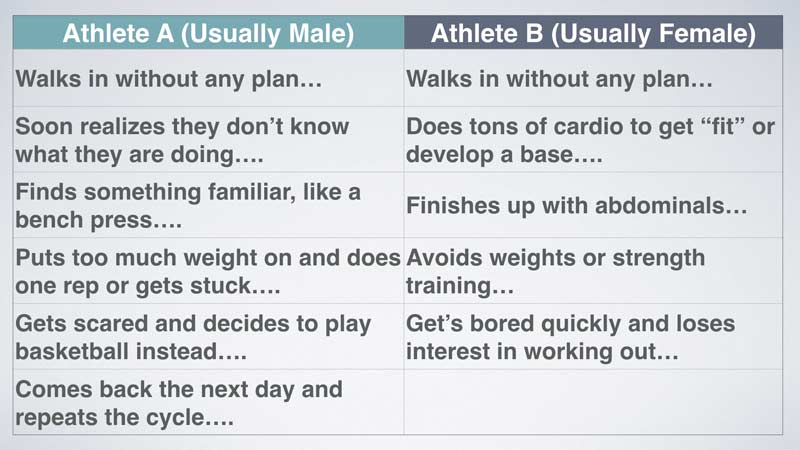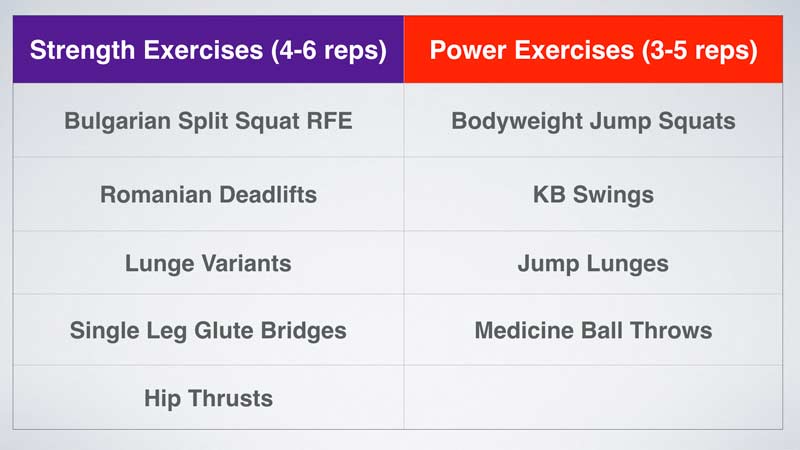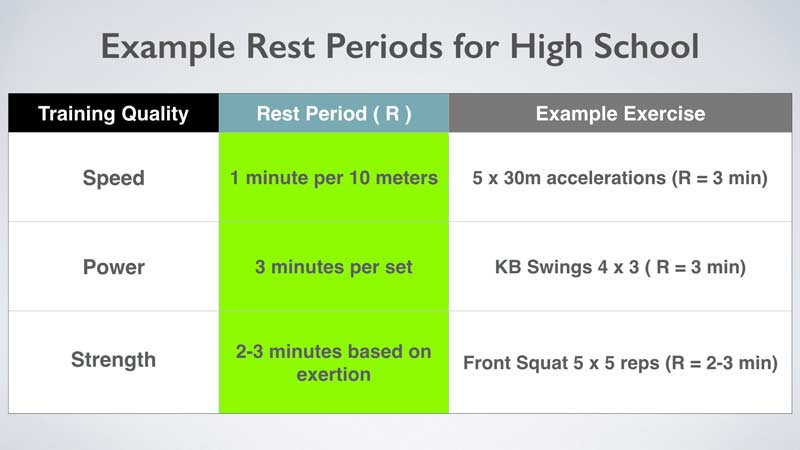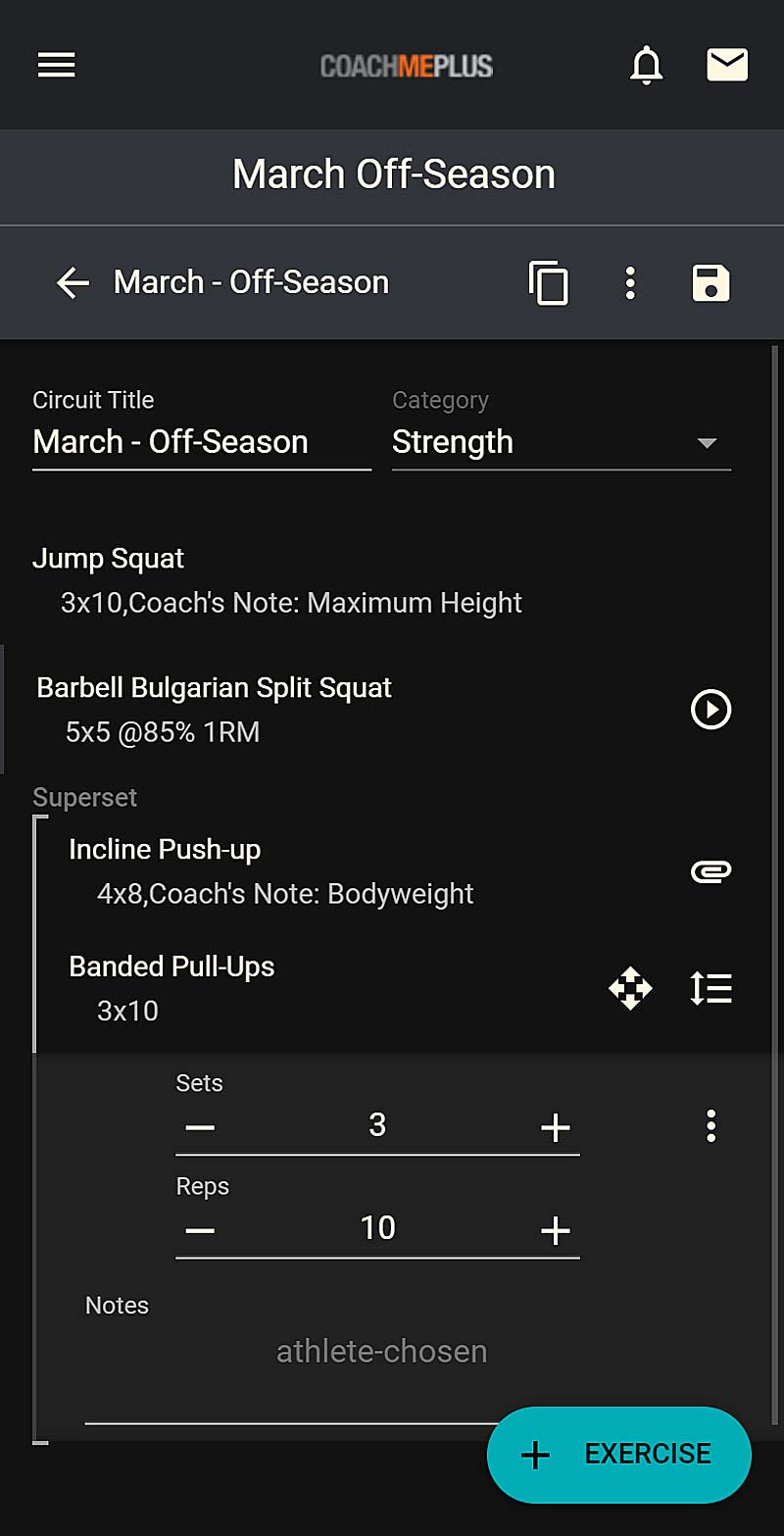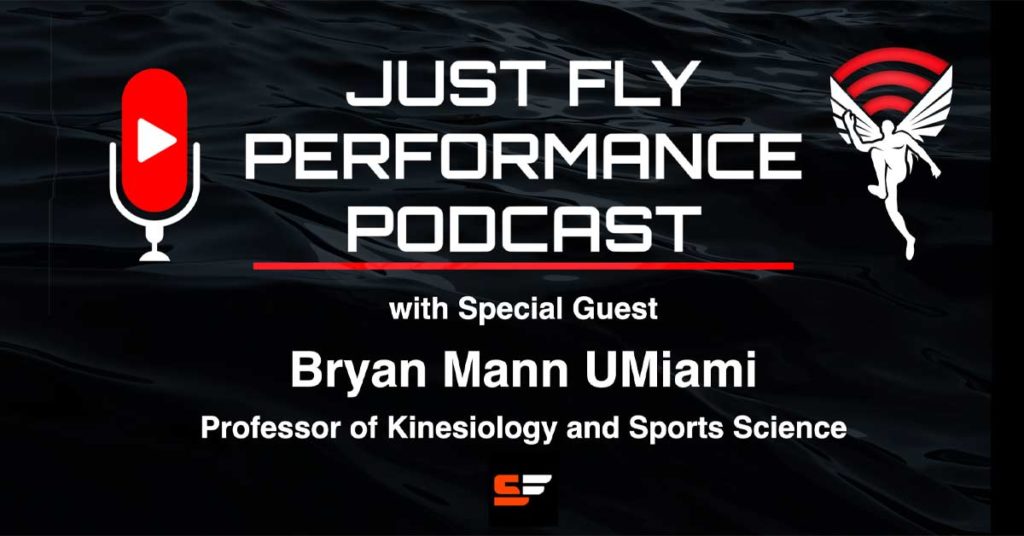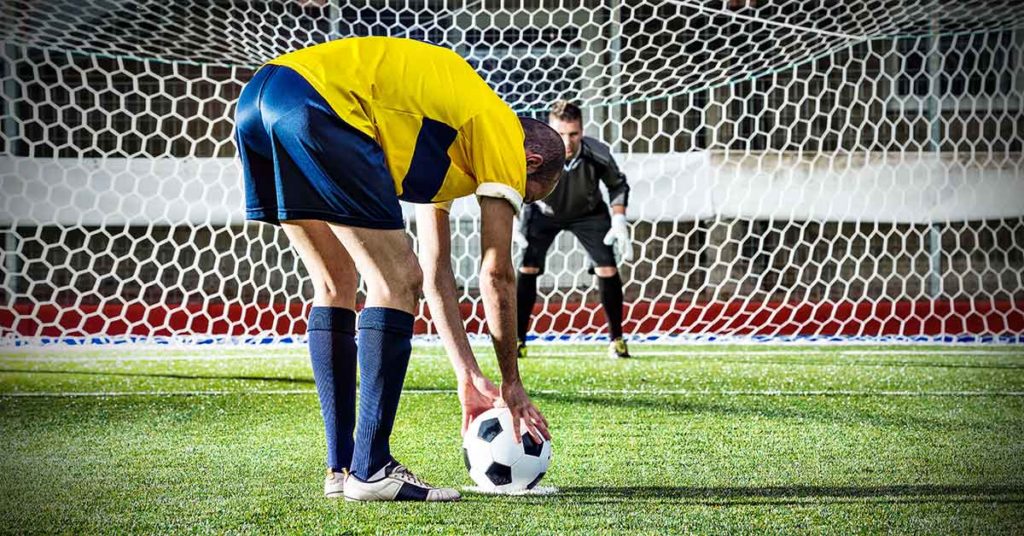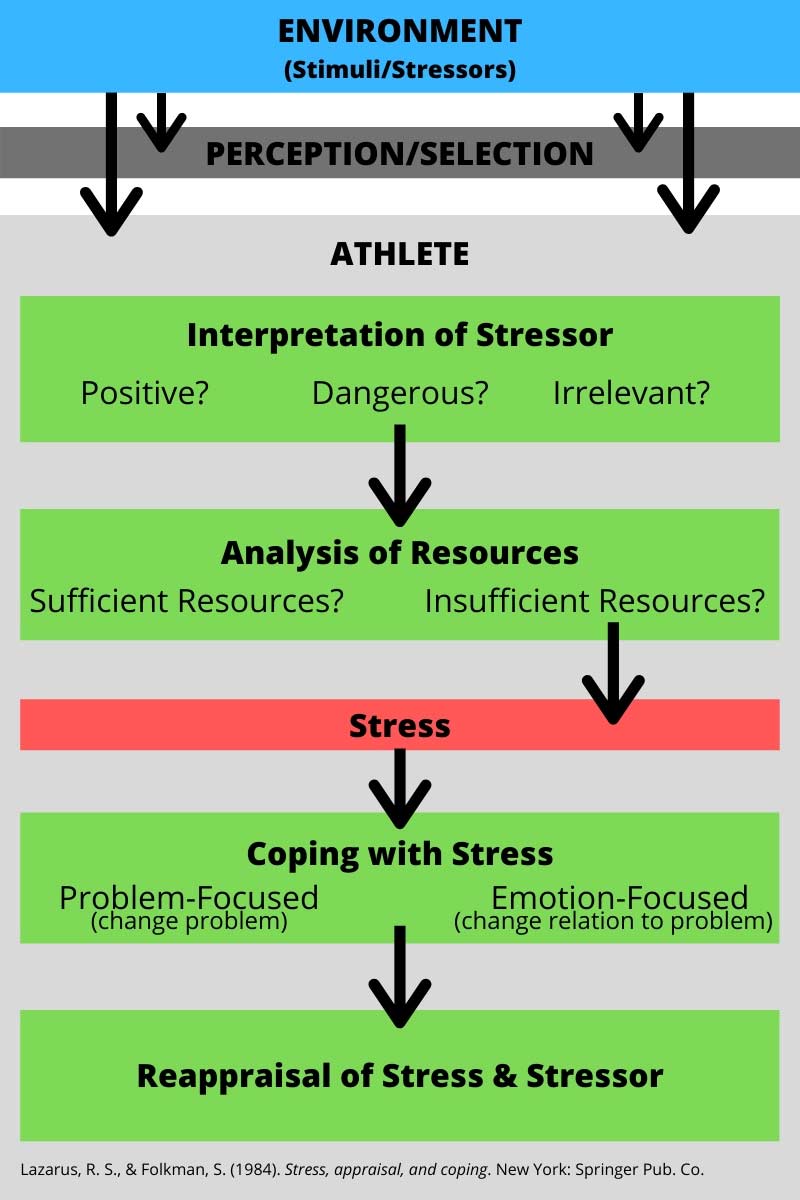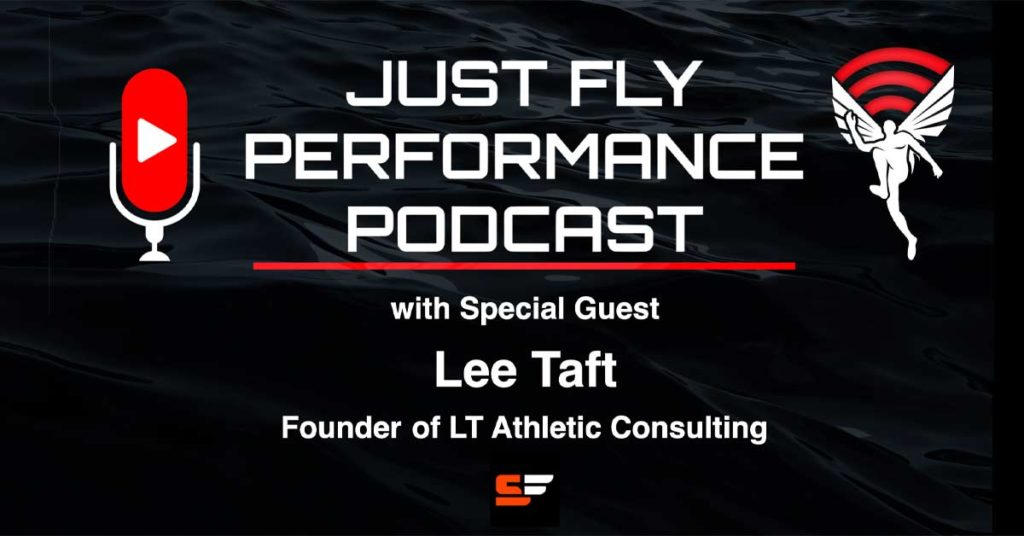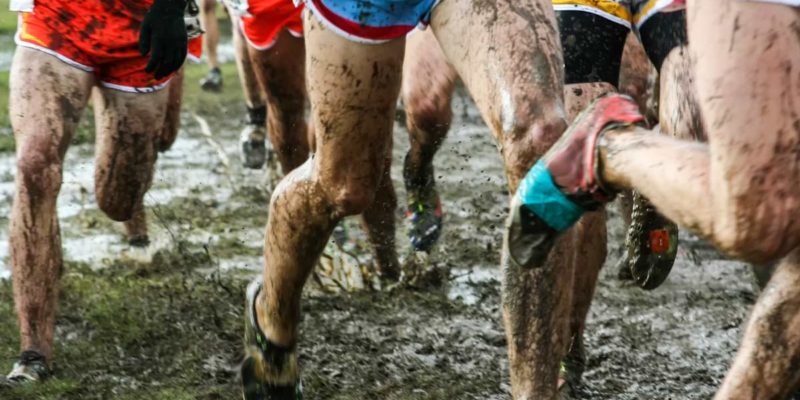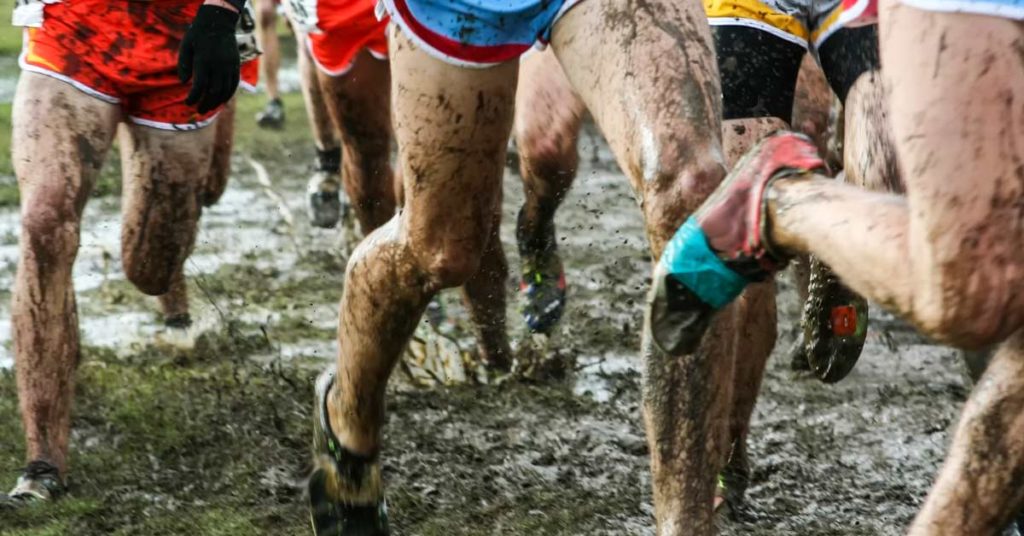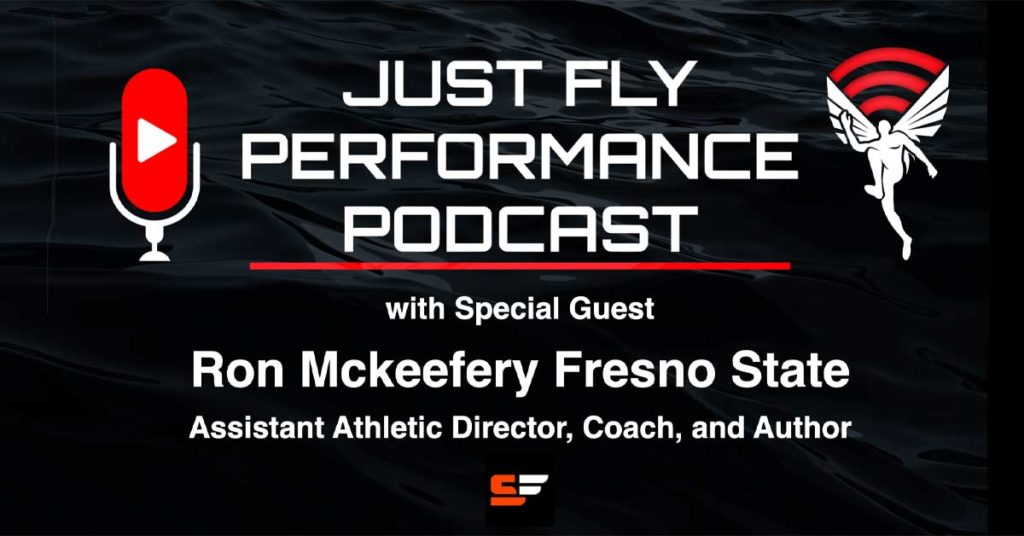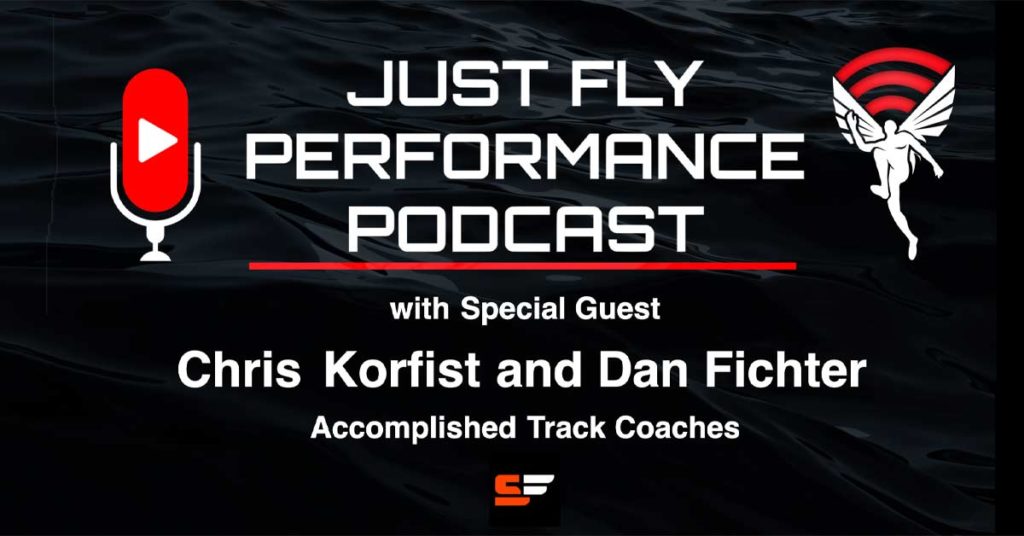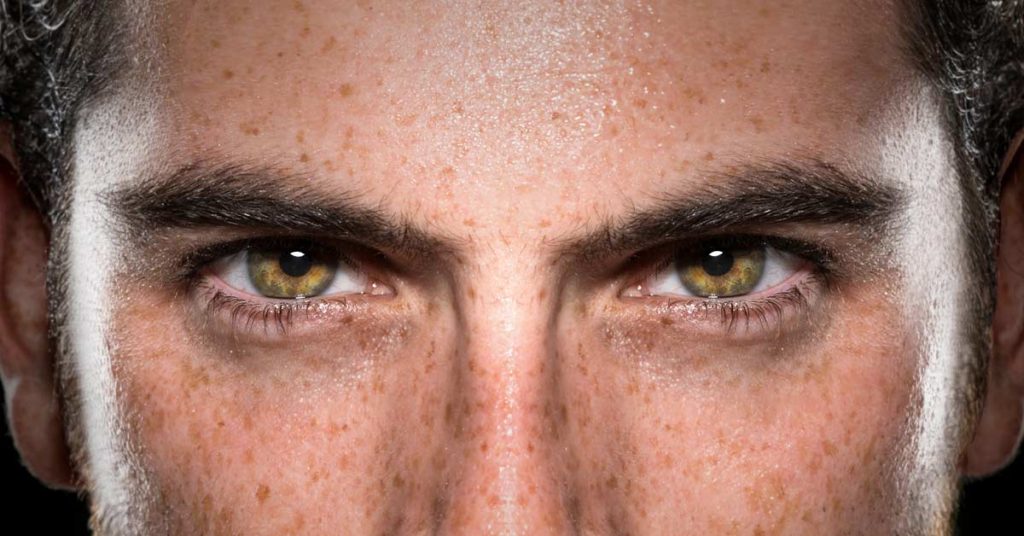
Matthew Caldaroni is a resilience coach who has worked with some of the most highly rated individuals that the professional sports and business world has to offer. A self-made success, Caldaroni created an unbreakable system that has helped countless individuals build a resilient lifestyle. Through his experiences working with various professional athletes and elite business professionals, and being an ex-professional soccer player himself, Caldaroni understands both the highs and lows associated with being a performer. He is one of the first in his craft to tap into the lifestyle, versus the psychology, of a resilient competitor, and he has found that successful performances go beyond the performance environment.
Freelap USA: Resilience is a topic that coaches are interested in learning more about. Please expand on why grit and resilience are not the same, and how you foster real observable changes.
Matthew Caldaroni: Grit and resilience are not the same thing: Grit is more about having perseverance toward a goal, while resilience is having the ability to bounce back from tough situations. Resilience is not a mental skill alone—that’s only half of the equation. Resilience is a lifestyle that is accompanied by strong habits that allow an individual to adapt during the toughest situations.
Think about it: When the going gets tough, what do we have to fall back on? Our habits. Therefore, when we work with individuals to build their resilience, the changes observed go way beyond the performance environment. Building your resilience is a transformational change that is deep-rooted within your identity; it’s visible in the enhancement of performance both in and out of sport. It’s learning how to deal with tough situations first as a person, then as an athlete.
Resilience is a lifestyle that is accompanied by strong habits that allow an individual to adapt during the toughest situations, says @mattcaldaroni. Share on XThe common changes we look for within our athletes fall under the four categories of competence, commitment, focus, and toughness. Based on our experience, and data collection over the past five years, these are the four traits that we look to enhance when building the resilience of an individual.
Freelap USA: Periodization of skill sets outside of physical training is a grey area. Can you explain why some athletes need a different program year to year even if they train the same? How do the physical and mental sides of things coordinate and differentiate?
Matthew Caldaroni: In my experience, there’s a lot of grey area when it comes to programming outside of physical skill sets. I find that when it comes to the psychological, or mental, component of performance, there are often a lot of generalizations made versus specific focuses on mental skills. As a result, I find a lot of individuals are left frustrated and unsatisfied because they cannot solve the issues in performance that they may have.
With our programming—and being able to pinpoint where the individual is lacking within their competence, commitment, focus, and toughness—we’re able to specifically program to their needs, putting together a plan that works specifically for the individual at hand. When it comes to year-to-year programming, a lot of athletes tend to make the mistake of trying to do the “same thing as last year,” when in reality there are a lot of different challenges that present themselves to the athlete.
For example, an athlete may step into the role of a captain—a role that they didn’t have the previous season—which gives them many more selfless responsibilities. This causes a massive shift in their focus; where it could have been more selfish before, they now must spread their focus across the entire team. Or maybe they play in a position where they have a different teammate from the previous season; this could cause an entire shift in their competence and understanding of who’s around them, making it tougher for them to adapt in performance.
Freelap USA: You have a very popular profiling solution for teams that can help with both scouting and getting the most out of athletes. Do you have any example(s) of how a team was able to make better choices in talent acquisition and/or managing existing athletes?
Matthew Caldaroni: The profiling system that we utilize is something we created called “Resilience Rankings,” which allows us to specifically pinpoint an individual’s strengths and/or weaknesses in the areas of competence, commitment, focus, and toughness. With this profiling system, we’re able to help teams better understand the resilience that the individual possesses by placing them into one of three categories that we call “seekers,” “limiters,” and “avoiders.” This is not a personality test, but instead a way to test the individual’s resilience.
From this, we can help the coaching staff, executives, and development staff to better understand the individuals on their teams. By doing so, we’re able to provide feedback to the coaching staff on how to best communicate with the individuals; no two players are the same, and they will not respond to motivational tactics the same way. These pieces of information help the coaching staff pull the most out of the individuals that they work with.
In regard to talent acquisition, we often hear about teams “psychologically profiling” players; although this is great, these profiles often only take into consideration classic personality types. By better understanding how the individual reacts to adversity, the team can tailor their approach for the individual, in turn getting more out of them.
By better understanding how the individual reacts to adversity, the team can tailor their approach for the individual, in turn getting more out of them, says @mattcaldaroni. Share on XFor example, a hockey team that we work with uses our Resilience Rankings to better determine the resilience of the players they’re recruiting. From this, we’ve been able to help them make better choices on who to recruit, and better understand the potential that the individual possesses. They are able to identify the individual’s competence, commitment, focus, and toughness, as well as whether the athlete would be a strong fit for their culture and coaching style.
Freelap USA: When is it appropriate to see a sports psychologist and when is it not congruent to work with a medical professional? It can be confusing to a parent or team coach who may think that what you do is the same.
Matthew Caldaroni: In my experience, it’s more appropriate for players to see sports psychologists for more clinical situations, such as dealing with the loss of a loved one or overcoming addiction. However, when it comes to dealing with adversity, finding an extra gear, pushing the limits, developing aggression in performance, or building toughness, then it would be appropriate to visit a coach like me. Again, this is about transformational lifestyle changes that allow the athlete to develop both personally and professionally. I find there are a lot of times when situations are made a lot worse, or more clinical, than they have to be, and that sometimes creates a bigger issue that’s more complex for the athlete.
Freelap USA: Teams usually think about resilience and mental skill sets as an afterthought, typically tapping into them when it’s too late. Can you quickly outline a structure where teams and organizations can best work with consultants like you?
Matthew Caldaroni: Teams could best utilize a consultant like me in their preseason and recruiting stages and during the season. During the preseason they should place a heavy emphasis on learning everything there is to know about the athlete they’re dealing with. Think about it: In a physical setting we put athletes through so many testing protocols; however, we tend to neglect a lot of the basic understandings of the athlete mentally, such as how they like to be motivated or what drives them. There should also be a briefing process to prepare the athlete for what’s to come during the season.
We all tend to neglect a lot of the basic understanding of the athlete mentally, such as how they like to be motivated or what drives them, says @mattcaldaroni. Share on XDuring the recruiting process there should be a heavy emphasis on understanding if the athlete would fit well into the culture and coaching style of the team, and how the individual reacts to adverse situations. There should be an understanding of whether the individual is mentally fit enough to take on a role within the team, just as a scout assesses from a physical standpoint. For the duration of the season it should be all about maintenance, just like a physical coach focuses upon. There should be a great emphasis on adapting to any performance issues that may arise.
Since you’re here…
…we have a small favor to ask. More people are reading SimpliFaster than ever, and each week we bring you compelling content from coaches, sport scientists, and physiotherapists who are devoted to building better athletes. Please take a moment to share the articles on social media, engage the authors with questions and comments below, and link to articles when appropriate if you have a blog or participate on forums of related topics. — SF
References
Lejeune, M., Decker, C., and Xavier, S. “Mental Rehearsal in Table Tennis Performance.” Perceptual and Motor Skills. 1994; 79(1): 627–641.
Compte, O. and Postlewaite, A. “Confidence-Enhanced Performance.” American Economic Review. 2004; 94(5): 1536–1557.
Nippert, A.H. and Smith, A.M. “Psychological Stress Related to Injury and Impact on Sport Performance.” Physical Medicine and Rehabilitation Clinics of North America. 2008; 19(2): 399–418.
Swann, C., Keegan, R., Crust, L. and Piggott, D. “Psychological states underlying excellent performance in professional golfers: ‘Letting it happen’ vs. ‘making it happen.’” Psychology of Sport and Exercise. 2016; 23: 101–113.
Mummery, W.K., Schofield, G., and Perry, C. “Bouncing Back: The Role of Coping Style, Social Support and Self-Concept in Resilience of Sport Performance.” The Online Journal of Sport Psychology. 2004; 6(1): 1–18.
Morelli, V., & Davis, C. “The Potential Role of Sports Psychology in the Obesity Epidemic.” Primary Care: Clinics in Office Practice. 2013; 40(2): 507–523.


